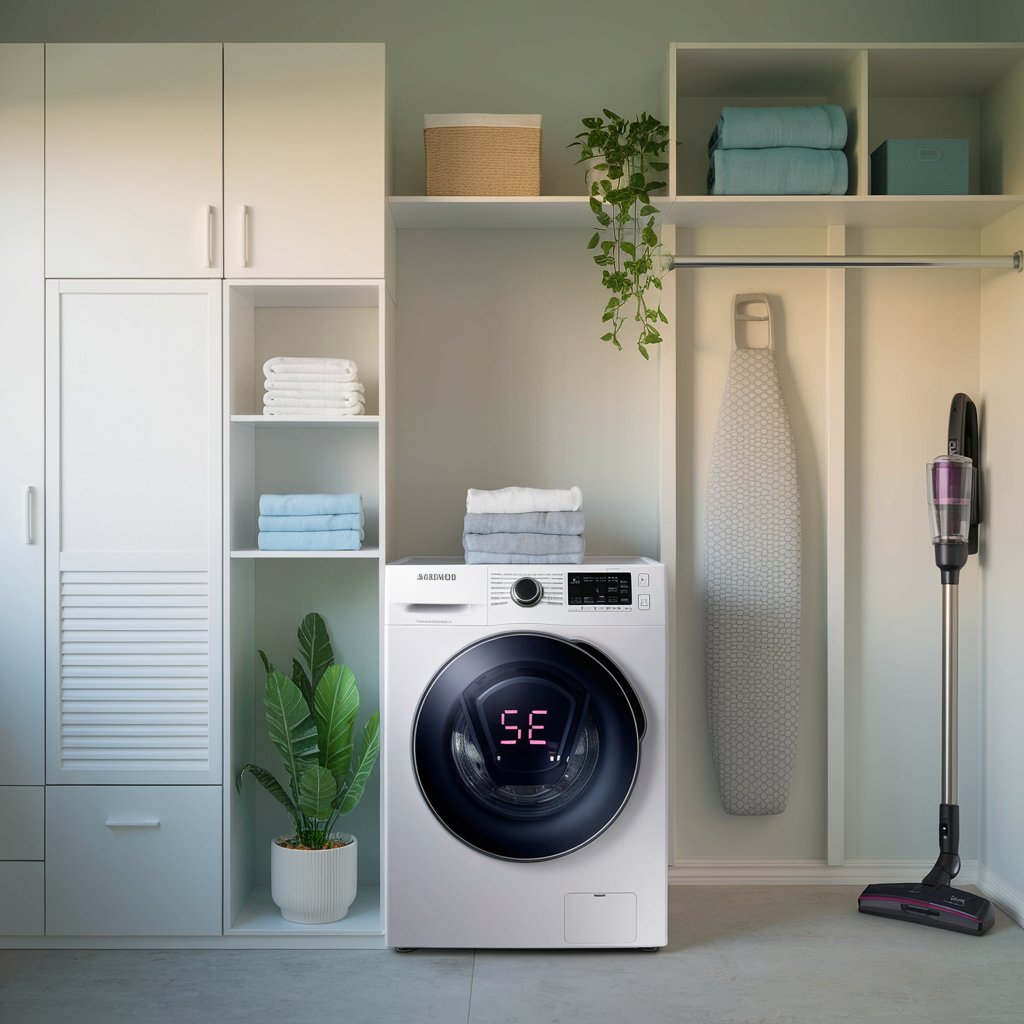What Does E2 Error in a Dishwasher Mean?
An E2 error code is a signal from your dishwasher that something is wrong with its drainage system. When this code appears, it typically means the dishwasher is struggling to remove water. This can happen due to blockages in the hose or filter, a malfunctioning pump, or improper installation of the drainage components.
This error prevents the dishwasher from completing its cycle properly, leaving standing water in the base. As frustrating as this can be, understanding what causes the error is the first step toward fixing it.
The E2 code is common across many dishwasher brands, though its exact meaning may vary slightly depending on the manufacturer. Checking your user manual for model-specific information can provide additional clarity.
Why Does the E2 Error Occur?
The E2 error can have several causes, most of which are related to the way water flows out of your dishwasher. Common culprits include:
- Blocked Drain Hose: Over time, food particles and grease can build up inside the drain hose, causing water to back up into the dishwasher. This blockage disrupts the drainage process and triggers the error code.
- Clogged Filter: The filter at the base of the dishwasher traps food debris to prevent it from entering the drainage system. However, if the filter isn’t cleaned regularly, it can become clogged, reducing water flow.
- Faulty Drain Pump: The pump responsible for pushing water out of the dishwasher may stop functioning due to wear and tear or electrical issues. A malfunctioning pump can cause the dishwasher to retain water and display the E2 error code.
- Improper Installation: If the drain hose is kinked, improperly positioned, or set up with an incorrect slope, water may not flow out as intended. This can also lead to the error.
Understanding these potential causes will help you pinpoint the issue and determine the best course of action.
Before starting the repair process, gather the following tools and supplies. Having these on hand will make the job easier and more efficient:
- Screwdriver Set: For opening access panels and removing components.
- Bucket or Shallow Pan: To catch any water that might spill during repairs.
- Towels or Rags: Useful for wiping up water and keeping the work area clean.
- Warm Soapy Water: To clean clogged filters and hoses.
- Thin Wire or Pipe Cleaner: For clearing blockages inside the drain hose.
- Flashlight: To illuminate hard-to-see areas during the inspection.
How to Fix the E2 Error in Your Dishwasher
Once you’ve identified the possible causes, follow these step-by-step instructions to fix the E2 error. This guide is designed for homeowners and doesn’t require advanced technical skills.
1. Turn Off the Power and Water Supply
Safety first. Unplug the dishwasher from its power source to avoid electrical shocks. Additionally, turn off the water supply to prevent leaks or accidental flooding. Use a towel to dry up any water that may have collected near the appliance.
Taking these precautions ensures a safe and controlled working environment.
2. Check the Drain Hose for Blockages
The drain hose is one of the most common sources of E2 errors. To inspect it:
- Pull the dishwasher slightly away from the wall to access the back panel.
- Locate the drain hose, which connects the dishwasher to the sink’s plumbing or garbage disposal.
- Detach the hose carefully, using a screwdriver if necessary.
- Shine a flashlight through the hose to look for any visible obstructions. Use a thin wire or pipe cleaner to remove blockages.
- Once clear, reattach the hose securely. Ensure there are no kinks or bends that could restrict water flow.
This step often resolves the issue if the error was caused by a simple blockage.
3. Clean the Filter and Drain Pump
A dirty or clogged filter can significantly impact your dishwasher’s performance. To clean it:
- Open the dishwasher door and remove the bottom rack.
- Locate the filter assembly at the bottom of the dishwasher. It may include both a fine mesh filter and a coarse filter.
- Remove the filters and rinse them under warm, soapy water. Use a soft brush to scrub away grease or stuck-on debris.
- Check the drain pump, which is usually accessible after removing the filters. Look for and clear any blockages inside the pump.
A clean filter and pump help ensure proper water flow, reducing the likelihood of future E2 errors.
4. Inspect the Dishwasher’s Drainage System
If the filter and hose are clear, the issue may lie elsewhere in the drainage system. Here’s what to check:
- Sink Drainage: Verify that the sink drain is functioning properly. A clogged sink can back up water into the dishwasher.
- Float Switch: The float switch monitors water levels inside the dishwasher. Ensure it moves freely and is not obstructed.
- Drain Hose Positioning: Make sure the hose has the correct slope to allow for proper water flow.
By thoroughly inspecting the drainage system, you can identify and address less obvious causes of the error.
5. Test the Dishwasher
After completing the repairs, it’s time to test the appliance:
- Plug the dishwasher back in and turn on the water supply.
- Select a short wash cycle and let the dishwasher run.
- Observe the drainage process closely. If water flows out without issue and the error code doesn’t reappear, the problem has been resolved.
Testing ensures that your efforts have effectively addressed the error and that the dishwasher is back to normal operation.
When to Call a Professional
While many E2 errors can be fixed with basic troubleshooting, some issues may require professional assistance. For example:
- A damaged circuit board or electrical component could be preventing the drain pump from working.
- Persistent drainage problems despite clearing blockages may indicate a more complex mechanical fault.
In such cases, it’s best to contact a certified technician who has experience repairing dishwashers. Attempting advanced repairs without proper knowledge can lead to further damage.
Preventing E2 Errors in the Future
Regular maintenance is key to avoiding drainage issues in your dishwasher. Here are a few tips to keep your appliance in good shape:
- Clean the filter weekly: Rinse the filters regularly to remove food debris and grease.
- Rinse dishes before loading: This minimizes the risk of clogs in the filter and drain hose.
- Inspect the drain hose: Check for signs of wear, cracks, or obstructions at least once a month.
- Use proper detergents: Stick to dishwasher-safe detergents to prevent residue buildup in the machine.
By following these maintenance tips, you can extend the life of your dishwasher and prevent common errors like E2.
Conclusion
The E2 error in your dishwasher doesn’t have to be a major headache. With the right tools and a clear understanding of the problem, you can often resolve the issue yourself. Whether it’s a blocked hose, a dirty filter, or a faulty pump, addressing the root cause ensures your dishwasher works efficiently.
For persistent issues, professional help is just a call away. Visit Easy Appliance Repairs for expert guidance and repair services. With regular maintenance and prompt attention to problems, your dishwasher can remain a reliable part of your kitchen for years to come.


